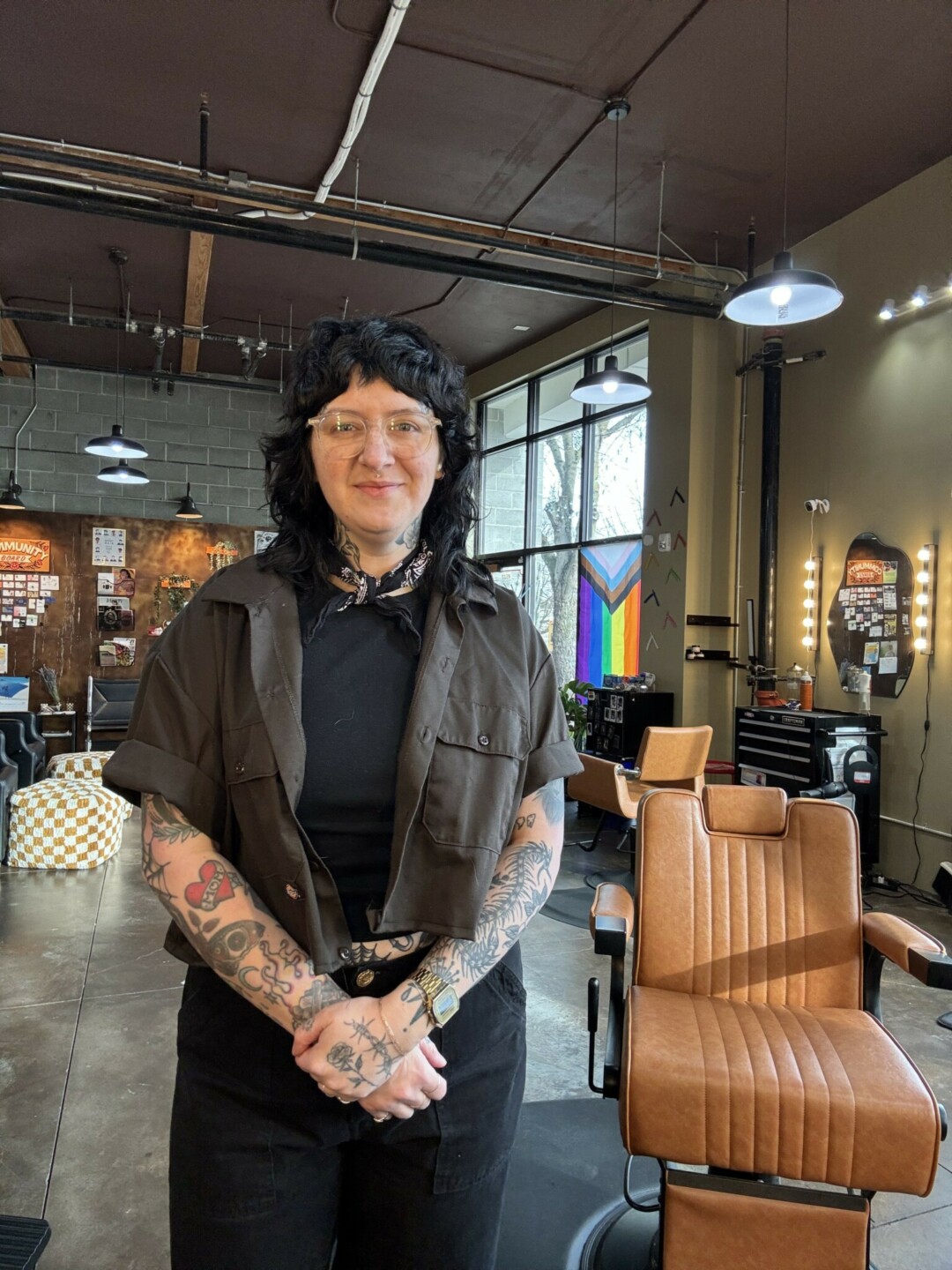One of the most powerful things about being a business owner is the ability to create a work environment according to your own principles. So many of us have worked within a company or organization and been disappointed by the way things were run, the way team members were treated. So, we wanted to ask some fantastic business owners and operators how they’ve gone about creating a more inclusive workplace.
Nisha D’amico

Creating an inclusive workplace isn’t just the right thing to do. It’s essential for fostering a diverse, engaged, and high-performing team. When people feel a genuine sense of belonging, they’re more likely to share ideas, challenge assumptions, and contribute meaningfully. The best and most innovative solutions come from a variety of voices, but that only happens when leadership actively nurtures an environment where all perspectives are valued. Read more>>
Taylor Berberich

In media and film, representation is key. Despite this, we are still seeing stereotypes of the same characters over and over again, or rewrites of the same story. Very few filmmakers take the risk of creating something original that breaks the bounds of what society expects. As a young woman in the film industry, I had very few role models to look up to. There were years when not a single woman was nominated for an award category that I wanted to be in. This issue only became more prevalent in college. I thought the education system was supposed to be a safe space to embrace self-expression and share ideas, but instead I found myself being constantly interrupted and talked over by my male peers and instructors. Read more>>
Tyler Smith

I believe inclusivity is the foundation of a thriving workplace. When people feel seen, heard, and valued, it leads to higher engagement, creativity, and productivity. It fosters a sense of belonging that enables everyone to bring their best selves to work. One quote I live by is “Be yourself; everyone else is already taken.” – Oscar Wilde. Inclusivity goes beyond policies—it’s about fostering a workplace culture where individuals are encouraged to bring their whole selves to work and where differences are not just tolerated but celebrated. Read more>>
Micki Yeates

Creating an inclusive workplace starts with intentionality. It’s not just about saying a space is welcoming—it’s about building structures, policies, and a culture that actively support all individuals. When I started HATCH, my goal was to create the salon environment I wish I had when I was coming up in the industry—one where both clients and hairstylists could feel safe, valued, and free to be themselves. Read more>>
Gregga Prothero

Creating an inclusive workplace starts from within. It reflects who you are as a person, your values, your heart, and how you treat others. If you want to feel safe, respected, and valued in your work environment, you need to foster that same atmosphere for others.
Ask yourself: How would I want to be treated? If you want kindness and respect, you need to extend that to your team. It is about recognizing that we are all human, each with unique styles, personalities, and backgrounds. In the salon industry, individuality is key. I do not want a team that is a carbon copy of me. Yes, we should share the same core values and commitment to creating a welcoming space, but diversity is what makes a workplace vibrant and dynamic. Read more>>
Lizzy Bergstrom

Creating a more inclusive workplace is so important. In the wedding industry, there aren’t a lot of examples of inclusivity. You usually see the same types of people showcased in magazines, on the internet, in social media posts, etc. Showing more inclusivity can look a plethora of different ways! My advice for creating a more inclusive workplace is giving folks a chance to be front and center that aren’t the typical type of person who would be front and center naturally. Give folks a chance to speak up, share their views, and have a leadership role in spaces that often shut out folks of color, who are part of the LGBTQIA+ community, who are trans, who are women, who are “disabled”, etc. Read more>>


